Meat Slicer Machine For Frozen Meat Cutting
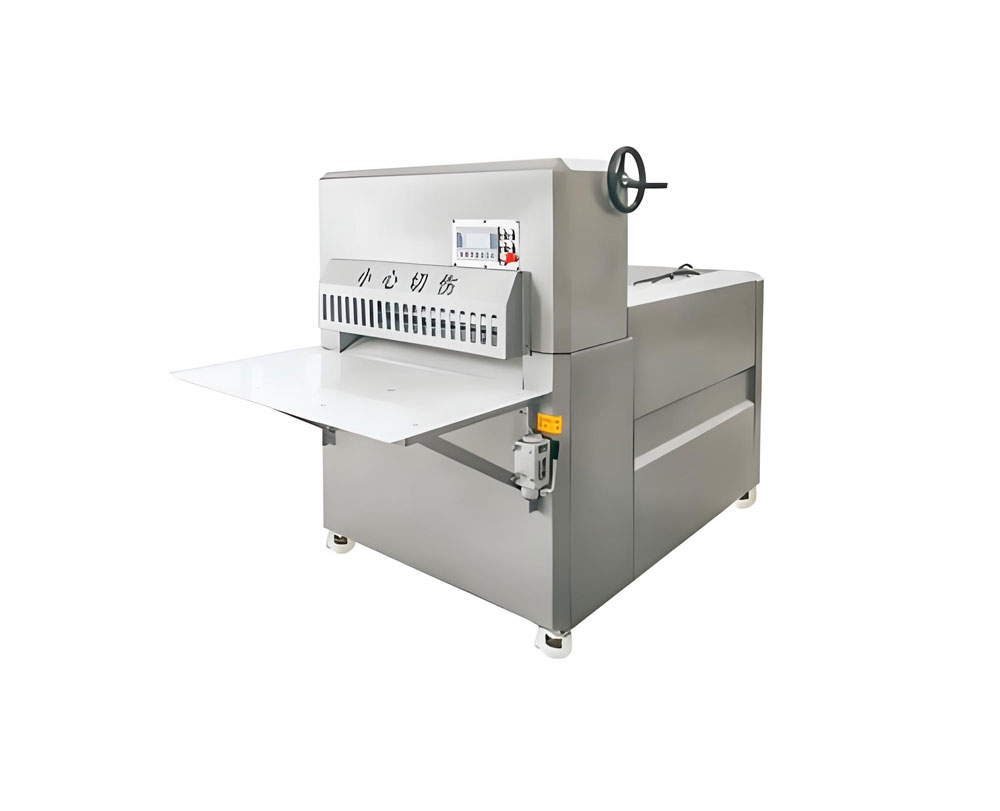
Introduction: Why Frozen Meat Cutting Requires Specialized Equipment
Cutting frozen meat may seem straightforward, but it presents unique challenges that require specialized equipment. Freezing changes the texture of meat, making it denser and more difficult to slice evenly. Without the right tools, trying to slice frozen meat can result in poor cuts, inefficient operations, and even damage to your equipment. That’s where a dedicated meat slicer designed for frozen meat can make a significant difference, ensuring clean, precise cuts every time.
The Challenges of Cutting Frozen Meat Without the Right Tools
Frozen meat presents numerous difficulties for traditional slicers. The first issue is the density of frozen meat. When frozen, meat becomes much harder and more rigid, which can put immense strain on slicers not designed to handle such toughness. Additionally, without the proper blade design, the slicer can struggle to maintain a sharp edge, leading to jagged cuts or even blade dulling. Over time, using the wrong equipment can cause serious damage to the machine and reduce its lifespan.
The Importance of a Meat Slicer Designed for Frozen Meat
A meat slicer designed specifically for frozen meat ensures not only ease of use but also the longevity of the equipment. These machines are built with stronger motors, sharper blades, and reinforced components to handle the tough texture of frozen meat. Whether you're slicing steaks, chops, or frozen blocks of meat, using the right slicer ensures that you can achieve consistent and clean cuts without compromising the quality of your products.
Understanding Frozen Meat and Its Unique Properties
Frozen meat is quite different from fresh meat. Freezing alters its molecular structure, making the meat denser and more solid. This change in texture can make it harder to slice properly, especially with traditional meat slicers. To achieve consistent and even slices, a slicer designed for frozen meat needs to accommodate these specific characteristics.
How Freezing Affects Meat Texture and Cutting Quality
When meat is frozen, its fibers become more rigid, and the moisture content inside the meat freezes, turning it into ice. This alters the texture, making the meat much more difficult to cut through. In addition, the freezing process can make the meat brittle, which often results in uneven cuts or jagged edges if sliced incorrectly. To avoid these issues, a meat slicer with specialized blades and motors is essential to handle the frozen texture efficiently.
Why Regular Meat Slicers Struggle with Frozen Meat
Most regular meat slicers are designed for slicing fresh or chilled meat, not frozen blocks. They lack the power and durability needed to handle frozen meat effectively. The blades on these slicers may be too thin, dulling quickly when coming into contact with frozen meat. Furthermore, the motor may not have enough torque to slice through frozen materials without causing strain, resulting in reduced performance and potentially damaging the equipment.
What Makes a Meat Slicer Suitable for Frozen Meat?
A meat slicer that excels in cutting frozen meat requires several key features that differ from regular slicers. These features are designed to address the unique challenges posed by frozen meat and ensure optimal performance.
Blade Design and Material Considerations for Frozen Meat
For slicing frozen meat, the blade design is crucial. A thicker, stronger blade made from high-quality steel or stainless steel is necessary to withstand the pressure of cutting through frozen meat. Additionally, hardened blades are preferable, as they maintain sharpness longer, which is especially important when dealing with dense and tough materials like frozen meat.
Motor Power: Why You Need a Stronger Motor for Frozen Meat
A powerful motor is a critical feature in a meat slicer for frozen meat. The motor needs to generate enough force to drive the blade through frozen material without stalling. Slicers with higher motor power ensure that the machine runs smoothly, even when cutting through large blocks of frozen meat. The increased torque also contributes to more consistent slicing, improving both speed and efficiency.
Thickness Adjustment and Its Importance in Frozen Meat Cutting
Adjustable thickness is another important feature when slicing frozen meat. The ability to control how thick or thin each slice is allows for greater precision and versatility. For frozen meat, the slicer must be able to make fine adjustments to ensure uniform slices, whether the meat is partially thawed or fully frozen.
Key Features to Look for in a Meat Slicer for Frozen Meat
When choosing a meat slicer for frozen meat, there are several critical features to ensure that the machine performs optimally and provides consistent results.
Heavy-Duty Construction for Durability
Frozen meat slicers are often subjected to heavy usage, so it's important that they are built with durable materials. A heavy-duty frame made from stainless steel or similar materials can withstand the rigors of daily use, reducing wear and tear and extending the life of the machine.
Sharp, Hardened Blades for Clean Cuts
The sharper and more durable the blades, the cleaner the cuts will be. Hardened stainless steel blades are an excellent choice for frozen meat, as they can maintain their sharpness longer and slice through the dense texture of frozen meat effortlessly.
Safety Features to Prevent Accidents While Cutting Frozen Meat
Given the powerful nature of meat slicers designed for frozen meat, safety is of paramount importance. Look for slicers that come equipped with safety guards, emergency stop buttons, and automatic shut-off features to reduce the risk of injury during operation.
Easy-to-Clean Components for Quick Maintenance
Cleaning is essential for keeping your meat slicer in top condition, especially when handling frozen meat. Machines with easily removable parts, such as the blade and food carriage, make cleaning more efficient and reduce the likelihood of bacterial buildup. A meat slicer with non-stick surfaces also helps to minimize residue and makes maintenance a breeze.
Stability and Anti-Slip Features for Secure Operation
Frozen meat slicers need to be stable during use to prevent any accidents or imprecise cuts. Slicers with anti-slip feet or suction bases ensure that the machine remains securely in place while operating, even when cutting through tougher frozen materials.
Types of Meat Slicer Machines for Frozen Meat
There are various types of meat slicers available, and selecting the right one for your frozen meat slicing needs depends on your requirements.
Manual vs. Automatic Slicers: Which Is Best for Frozen Meat?
Manual slicers offer more control and precision but require more effort from the user. On the other hand, automatic slicers are more efficient for high-volume slicing, allowing you to cut large quantities of frozen meat quickly. The choice between manual and automatic depends on your specific needs, whether it's the volume of meat to be sliced or the level of control required.
Horizontal vs. Vertical Meat Slicers: Choosing the Right Design
Horizontal slicers are typically more suited for larger, thicker cuts of meat, while vertical slicers are better for smaller, thinner slices. For frozen meat, the design of the slicer is crucial in determining the type of cuts you can achieve. Vertical slicers are usually more versatile for various thicknesses, while horizontal slicers are better for bulkier cuts of frozen meat.
Specialized Frozen Meat Slicers: What Sets Them Apart?
Specialized frozen meat slicers are built with advanced features such as higher motor capacity, heavier-duty construction, and blade systems that can slice through frozen meat effortlessly. These slicers are engineered specifically to handle the unique challenges posed by frozen meat, offering superior performance and durability.
The Role of Blade Sharpness and Maintenance in Frozen Meat Cutting
Blade maintenance is crucial to ensuring the longevity and efficiency of your slicer, especially when cutting through frozen meat.
Why Regular Blade Sharpening Is Crucial for Frozen Meat
Frozen meat can quickly dull blades due to its density. Regular sharpening is essential to maintaining cutting precision and ensuring the slicer continues to function optimally. Dull blades not only make the slicing process slower but can also damage the meat, leading to uneven slices.
How to Maintain Blade Sharpness for Optimal Frozen Meat Cutting
To maintain blade sharpness, ensure that the blades are properly cleaned and oiled after each use. It's also important to inspect the blade regularly for signs of wear and tear, and have it professionally sharpened when necessary.
How to Prevent Blade Dullness from Frozen Meat Contact
One way to prevent blade dullness is by using a slicer with a hardened steel blade designed to resist the effects of cutting frozen materials. Additionally, ensure that the slicer is set to the correct thickness to avoid unnecessary stress on the blade.
How to Safely Operate a Meat Slicer for Frozen Meat
Operating a meat slicer requires attention to detail and strict adherence to safety protocols.
Safety Precautions When Using a Frozen Meat Slicer
Always wear protective gloves and follow the manufacturer's safety instructions. Never try to slice large frozen meat blocks without first thawing them partially, and always ensure that the slicer is unplugged when performing maintenance.
Best Practices to Minimize Injury Risks During Operation
Keep hands and clothing away from moving parts. Make use of the safety guard and always ensure that the slicer is on a stable, non-slip surface.
How to Handle Large Frozen Meat Blocks Effectively
When slicing large frozen meat blocks, it’s important to cut them into smaller, manageable portions. This reduces strain on the machine and ensures more consistent slices.
Understanding the Cutting Process: Frozen Meat vs. Fresh Meat
The cutting process for frozen meat differs from that of fresh meat, and it’s crucial to understand these differences to ensure optimal results.
The Impact of Freezing on Meat Fibers and How It Affects Cutting
Freezing meat alters its fiber structure, making it more rigid and less flexible. As a result, cutting through frozen meat requires more force, and specialized blades are needed to manage this challenge.
The Difference in Cutting Techniques for Frozen and Fresh Meat
For frozen meat, the technique involves ensuring that the blade is sharp and strong enough to slice through the dense material, while fresh meat requires less force and can be sliced more easily with a standard slicer.
Benefits of Using a Meat Slicer for Frozen Meat Cutting
Investing in a slicer designed for frozen meat offers numerous advantages.
Enhanced Cutting Precision and Consistency
A high-quality meat slicer ensures that each slice is uniform, reducing wastage and enhancing the final product’s appearance.
Reduced Labor Time and Increased Productivity
With a specialized slicer, you can cut frozen meat faster and with less effort, allowing you to process more meat in less time and improving overall efficiency.
Improved Portion Control for Cost Efficiency
Slicers designed for frozen meat allow for precise control over slice thickness, which helps reduce food waste and ensures consistent portioning for cost-effective meat preparation.
Extended Shelf Life of Frozen Meat Products
Properly sliced frozen meat, done with a specialized slicer, preserves the texture and quality of the meat, extending its shelf life and making it more suitable for storage.
How to Choose the Right Meat Slicer for Your Business Needs
Choosing the right meat slicer is a critical decision for any business involved in meat processing.
Determining the Volume of Frozen Meat You Need to Slice
Understanding the volume of frozen meat that needs to be processed daily helps determine the size and power of the slicer that will best meet your needs.
Choosing Between Commercial vs. Industrial Meat Slicers
If you need to slice large quantities of frozen meat regularly, an industrial slicer may be the best choice. Commercial slicers are more suitable for smaller-scale operations, offering a balance between power and efficiency.
What to Consider When Looking for a Frozen Meat Slicer for High-Volume Operations
When selecting a slicer for high-volume operations, consider factors such as motor strength, blade material, and speed to ensure that the slicer can handle the demands of large-scale meat processing.
Troubleshooting Common Issues with Meat Slicers for Frozen Meat
Even the best slicers can encounter issues from time to time. Understanding common problems and how to fix them can save you both time and money.
Overheating Problems and Solutions
If your slicer is overheating, it could be due to excessive use or a lack of lubrication. Allow the machine to cool down regularly and ensure it is well-maintained.
Dealing with Blade Jam or Freezing Blockages
When frozen meat causes a blockage, it’s essential to stop the machine immediately and clear the jam carefully to prevent damage to the blades or motor.
Motor Stalling: Causes and Fixes
Motor stalling can happen if the slicer is overloaded or if the motor isn’t strong enough. Ensure that your slicer is not being used beyond its capacity and that the motor is well-maintained.
How to Clean and Maintain Your Meat Slicer for Frozen Meat
Cleaning your meat slicer regularly ensures longevity and maintains performance.
Step-by-Step Cleaning Guide for Frozen Meat Slicers
- Unplug the slicer and remove the blade.
- Wash the blade and other components with warm water and mild detergent.
- Dry all parts thoroughly before reassembling.
- Apply lubrication to the moving parts to prevent rusting.
Regular Maintenance Tasks to Keep Your Slicer in Top Condition
Inspect the blade regularly for dullness and have it sharpened as needed. Check the motor and ensure that all parts are functioning properly.
How to Prevent Rust and Build-Up from Frozen Meat Residue
To avoid rust and build-up, clean and dry all components after each use, and apply food-safe lubricants to moving parts.
The Cost of Investing in a Meat Slicer for Frozen Meat
While investing in a meat slicer for frozen meat may require an upfront cost, it can lead to significant long-term savings.
Upfront Investment vs. Long-Term Savings
The initial investment in a specialized slicer may seem high, but the increased efficiency, reduced waste, and longer lifespan of the equipment will provide savings in the long run.
The Impact of a High-Quality Slicer on Efficiency and Profit Margins
A high-quality slicer boosts operational efficiency, enabling you to process more meat with less labor. This directly impacts your profit margins.
Budget Considerations for Small vs. Large Operations
Smaller operations may need to balance quality with cost, while larger operations might prioritize high-volume efficiency. Choose a slicer that fits your specific needs and budget.
Frozen Meat Slicer Brands and Models: What to Look For
Selecting a trusted brand ensures that your slicer will perform well and last longer.
Top Brands for Frozen Meat Slicers: A Comprehensive Overview
Look for reputable brands known for their durability and performance, such as [Brand A], [Brand B], or [Brand C].
Features to Expect from Leading Brands
Leading brands typically offer stronger motors, durable stainless steel construction, and easy-to-clean components.
Comparing Prices: What’s Worth the Investment?
Compare features and pricing to find a slicer that offers the best balance of quality and value for your business needs.
Customer Reviews: Real Experiences with Frozen Meat Slicers
Customer reviews offer valuable insight into the real-world performance of a slicer.
What Customers Say About the Performance of Frozen Meat Slicers
Customers frequently highlight ease of use, durability, and cutting precision when reviewing the best frozen meat slicers.
How Durability and Maintenance Ease Impact Customer Satisfaction
Slicers that are easy to maintain and built to last tend to receive the highest ratings from customers, as they provide consistent results with minimal effort.
Common Issues and How Brands Have Addressed Them
Common issues include overheating, difficulty cleaning, and motor failure. Top brands often address these issues with warranties and responsive customer support.
The Environmental Impact of Frozen Meat Slicers
Sustainability is a growing concern in every industry, including meat processing.
Energy Consumption: How Efficient Is Your Slicer?
High-efficiency motors reduce energy consumption, helping businesses cut costs and reduce their carbon footprint.
How to Minimize Waste and Optimize Cutting Precision
A high-quality slicer reduces waste by providing precise, uniform slices that maximize yield.
How a Frozen Meat Slicer Can Enhance Your Meat Processing Workflow
A good slicer streamlines meat processing, saving time and increasing production.
Streamlining Operations with the Right Equipment
Investing in a quality slicer enhances workflow efficiency, reducing bottlenecks and ensuring smooth operations.
Improving Meat Yield and Reducing Product Waste
Precision slicing ensures that every part of the meat is used effectively, improving yield and reducing waste.
The Future of Frozen Meat Slicers: Innovations to Look Out For
Technological advances are reshaping the meat slicing industry.
Emerging Technologies in Frozen Meat Cutting Machines
Look for slicers incorporating smart features, automation, and artificial intelligence to further streamline cutting processes.
How Automation and AI Are Changing the Game
Automated systems and AI-powered slicers will enable even higher levels of efficiency and precision in meat processing.
Final Thoughts: Why Investing in a Meat Slicer for Frozen Meat is a Smart Choice
Investing in the right meat slicer for frozen meat pays dividends. With long-term efficiency, cost savings, and consistent performance, a high-quality slicer is an indispensable tool in any meat processing operation.
Frequently Asked Questions (FAQs)
1. What is the difference between a regular meat slicer and a slicer designed for frozen meat?
A regular meat slicer is typically designed to handle fresh or chilled meat, which is softer and easier to cut. A slicer designed for frozen meat, however, is built with stronger motors, thicker and hardened blades, and enhanced durability to handle the toughness and density of frozen meat. These slicers ensure clean cuts, prevent damage to the equipment, and reduce wear and tear.
2. Can I use a regular meat slicer for frozen meat if I only need to slice small portions?
While it may be tempting to use a regular slicer for small portions of frozen meat, it's not recommended. The dense and hard texture of frozen meat can dull the blades quickly and put undue strain on the motor, even with small portions. For the best results and to prevent damage to the equipment, it’s best to use a slicer specifically designed for frozen meat.
3. How do I prevent the blades from becoming dull when slicing frozen meat?
To maintain blade sharpness, regularly sharpen the blades, as frozen meat can cause rapid dulling due to its hardness. You should also ensure that the slicer is cleaned thoroughly after each use to prevent any meat residue from causing corrosion or buildup. Using a slicer with hardened, high-quality steel blades will also help maintain sharpness for longer periods.
4. What features should I look for in a meat slicer for frozen meat?
When choosing a slicer for frozen meat, consider the following features:
- Blade material and design: Opt for strong, hardened stainless steel blades to withstand the toughness of frozen meat.
- Motor power: A powerful motor is essential to ensure the slicer can handle the dense texture of frozen meat without stalling.
- Thickness adjustment: This feature allows for precision and consistency when slicing, which is especially important when working with frozen meat.
- Safety features: Look for slicers with safety guards and emergency shut-off mechanisms to prevent accidents.
- Durability: Ensure that the slicer is made with heavy-duty, rust-resistant materials for long-lasting use.
5. Is it safe to use a meat slicer for frozen meat?
Yes, but it’s essential to follow proper safety guidelines when using a meat slicer for frozen meat. Always wear protective gloves and avoid wearing loose clothing that could get caught in the slicer. Ensure the machine is properly maintained, and regularly check that all safety features (such as safety guards) are in place. Never try to slice extremely large frozen meat blocks without proper support and preparation.
6. How often should I clean my frozen meat slicer?
It’s essential to clean your meat slicer after each use to prevent residue buildup, bacteria growth, and rust formation. Pay special attention to the blade, food carriage, and other moving parts. A weekly deep cleaning of all parts is recommended, especially for high-volume operations. Regular maintenance of the slicer helps to keep it functioning at its best and extends its lifespan.
7. Can I slice large frozen meat blocks with a slicer?
Yes, but it's crucial to break the frozen meat blocks into smaller, manageable pieces before placing them in the slicer. This reduces the strain on the motor and blade, ensuring smoother cuts and reducing the likelihood of equipment damage. Some meat slicers come with attachments or features to help manage large frozen meat blocks more effectively.
8. What maintenance does a meat slicer for frozen meat require?
Regular maintenance includes:
- Blade sharpening: Regularly check and sharpen the blades to ensure clean cuts.
- Lubrication: Apply food-grade lubrication to moving parts to prevent rust and ensure smooth operation.
- Cleaning: Clean the slicer after each use to prevent build-up and residue. Pay attention to all parts, especially the blade and food carriage.
- Inspection: Regularly inspect the slicer for signs of wear and tear, including checking for cracks or loose components.
9. What is the lifespan of a meat slicer used for frozen meat?
The lifespan of a meat slicer depends on factors such as frequency of use, maintenance, and quality of construction. A well-maintained slicer used for frozen meat can last many years, often over a decade. Investing in a high-quality slicer with durable parts and regular upkeep will ensure the machine continues to operate efficiently for the long term.
10. How can I improve my frozen meat slicer’s efficiency?
To improve the efficiency of your meat slicer:
- Ensure the machine is properly set up on a stable surface to minimize vibrations.
- Regularly clean and lubricate moving parts to ensure smooth operation.
- Use the slicer with the appropriate thickness settings for consistency and precision.
- Make sure the blade is sharp and free from debris.
- Avoid overloading the slicer with excessively large frozen meat blocks.
11. What should I do if my meat slicer for frozen meat is overheating?
If your meat slicer is overheating, it’s important to stop using it immediately and allow it to cool down. Overheating can be caused by excessive use, insufficient lubrication, or a lack of proper ventilation. Ensure the slicer’s motor is properly maintained and that the machine is being used within its recommended capacity. Regular breaks during high-volume slicing can help prevent overheating.
12. Can a meat slicer for frozen meat handle both frozen and fresh meat?
Many slicers designed for frozen meat can also handle fresh meat, but they perform best when used for their intended purpose. Using a slicer specifically built for frozen meat ensures it can handle the unique challenges posed by frozen products. If you need versatility, consider a slicer with adjustable settings and a blade design that accommodates both frozen and fresh meat.
13. How much should I expect to spend on a meat slicer for frozen meat?
The price of a meat slicer for frozen meat varies depending on factors like motor power, blade material, and overall durability. You can expect to pay anywhere from $300 for entry-level commercial slicers to over $2000 for high-end industrial models. The initial investment can be high, but the long-term savings and efficiency improvements make it worthwhile.
14. What are the key benefits of using a meat slicer for frozen meat?
Using a slicer designed for frozen meat offers several advantages:
- Consistent slices: Achieve uniform thickness and precision.
- Increased productivity: Cut large volumes of frozen meat quickly and efficiently.
- Improved safety: Specialized features reduce the risk of injury.
- Long-term savings: Higher efficiency reduces labor costs and material waste.
15. Can I use a frozen meat slicer to cut other frozen foods, like poultry or fish?
Yes, many meat slicers designed for frozen meat can also be used to slice other frozen foods, including poultry and fish. However, it’s important to ensure that the slicer is equipped to handle the specific texture and density of these foods. Always check the manufacturer’s recommendations regarding the types of food that can be processed safely.
16. How can I maximize the life of my frozen meat slicer?
To maximize the lifespan of your slicer:
- Regularly clean and maintain the machine.
- Use the slicer as recommended by the manufacturer.
- Don’t overload the slicer with too much frozen meat at once.
- Keep the slicer in a dry, well-ventilated area to prevent rust and corrosion.
17. How do I choose the best brand for a frozen meat slicer?
Look for brands with a reputation for durability, reliability, and strong customer support. Leading brands often offer warranties and after-sales service, ensuring that you can maintain your equipment over time. Check customer reviews and compare the features of different models to find the best match for your specific needs.
18. What safety features should I look for in a frozen meat slicer?
Key safety features to look for include:
- Safety guards to protect the user from the blade.
- Emergency stop buttons for quick power shutoff.
- Non-slip feet or bases to keep the slicer stable during operation.
- Automatic shut-off to prevent overheating or malfunctioning.
Must-Read Blogs For Chain Restaurants Owner








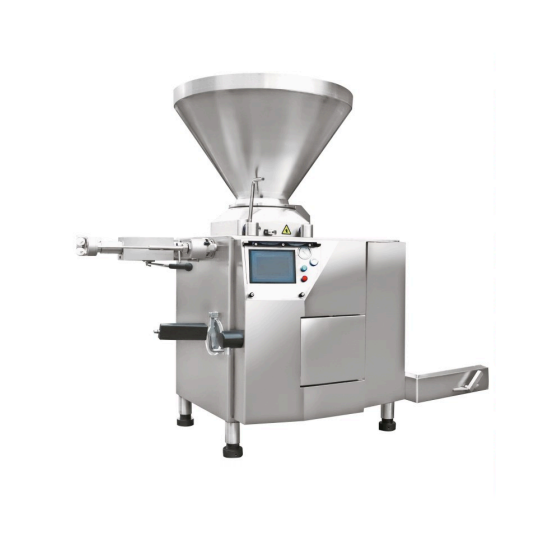
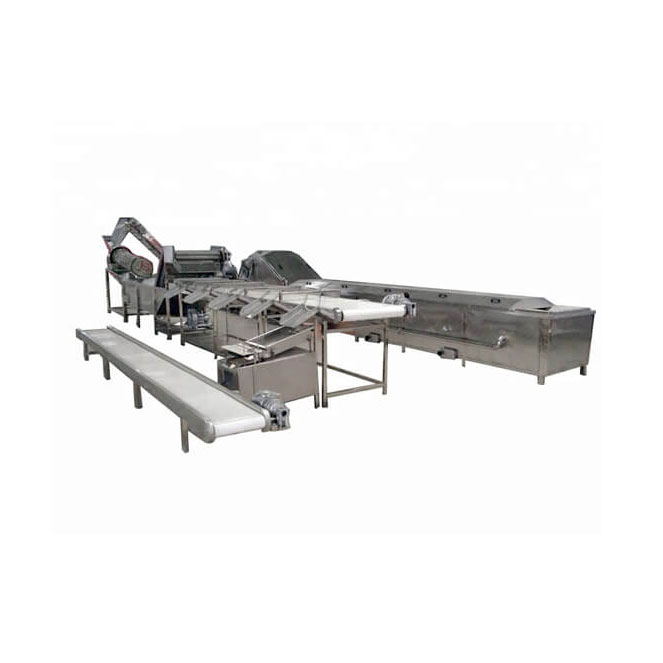
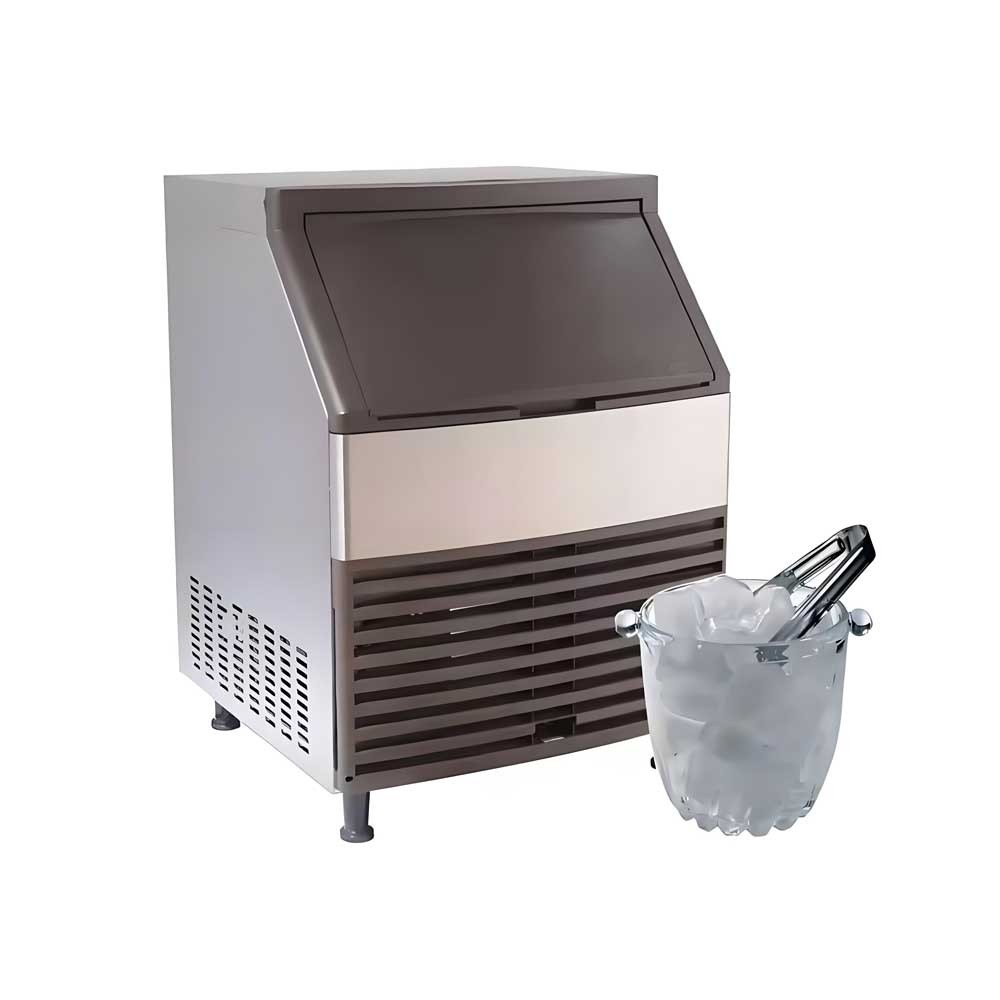
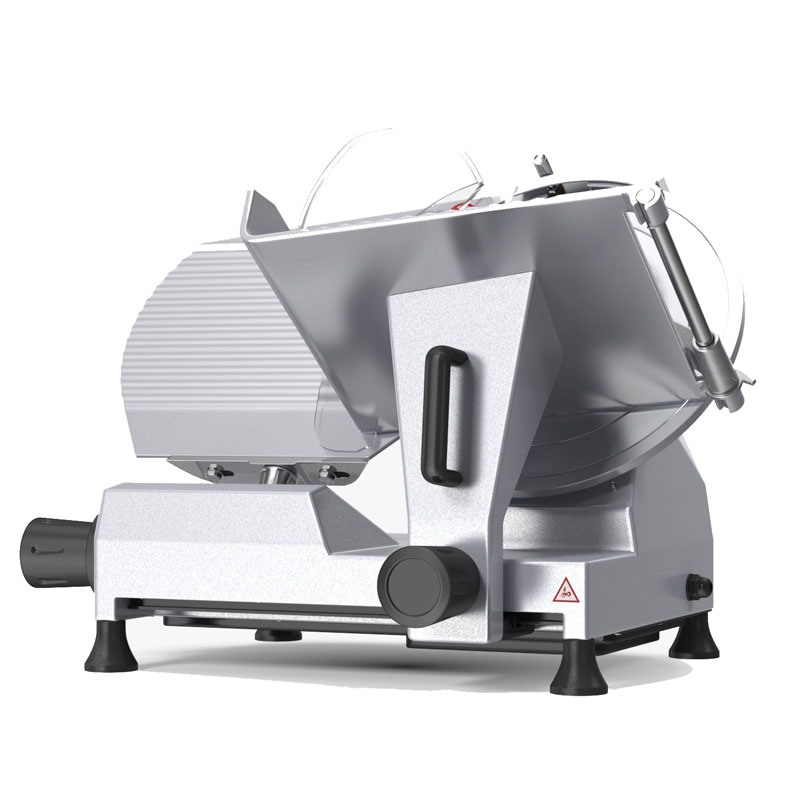 Heavy Duty Meat Slicer Machine
Heavy Duty Meat Slicer Machine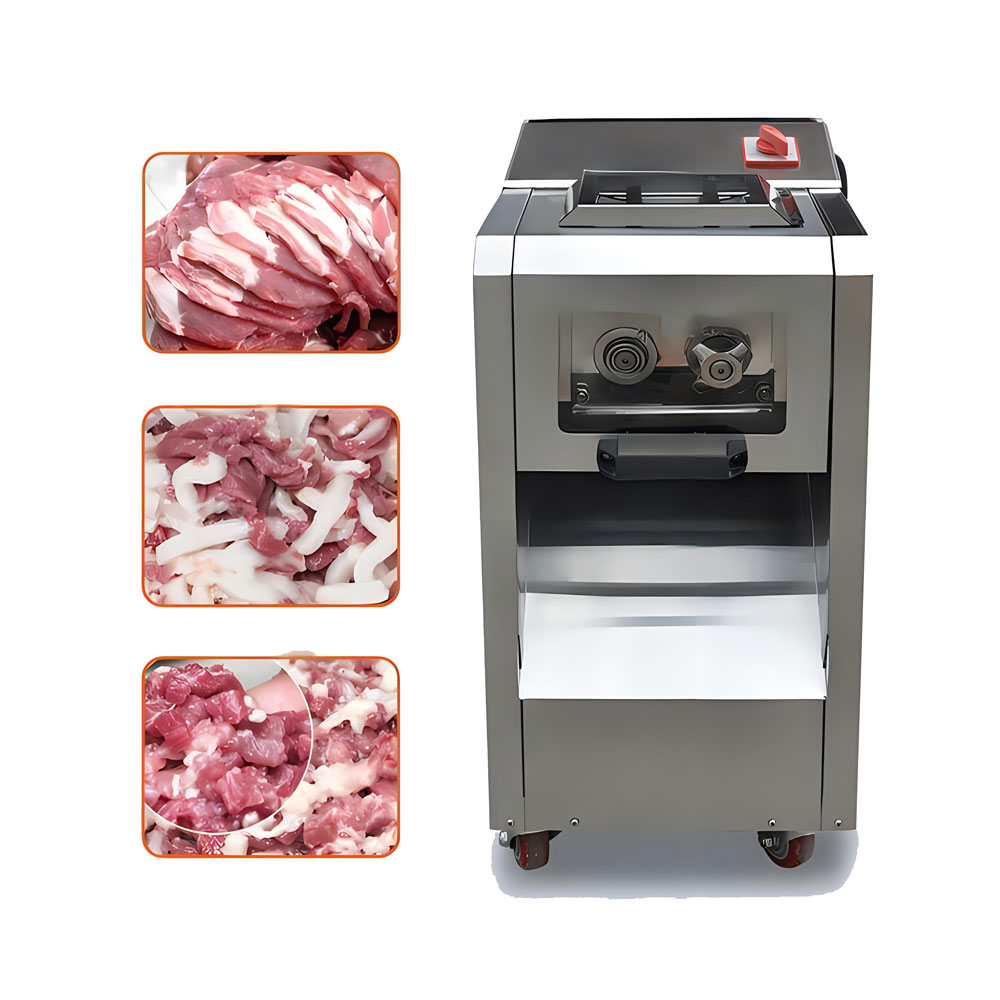 Frozen Meat Cutting Machine
Frozen Meat Cutting Machine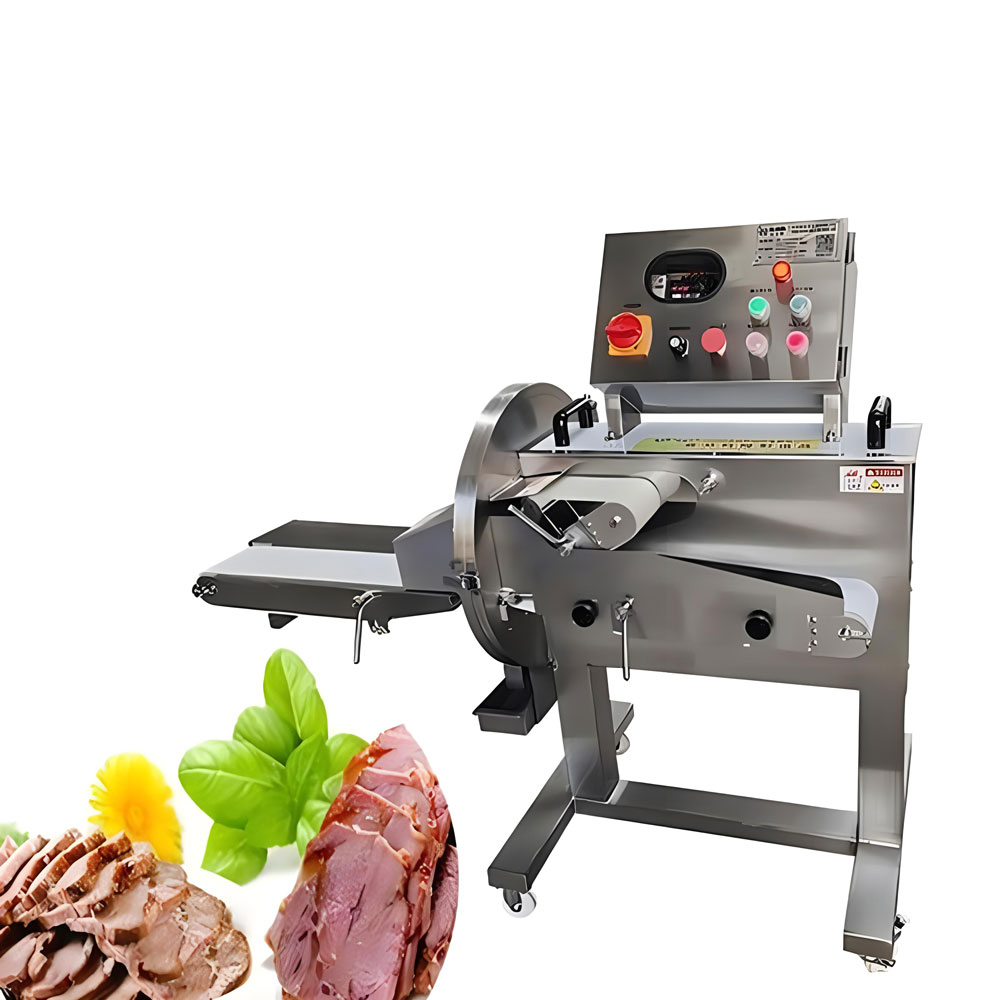 Electric Cooked Meat Slicer
Electric Cooked Meat Slicer
Ready to Get Started?